Red Light Therapy: What Is It and How Does It Work for Neuropathy
Red light therapy is a new, non-invasive treatment for numerous health conditions, including neuropathy. It employs a particular light that helps the body self-heal. This treatment is fast becoming popular within the health and wellness realms. It is essential to know what red light therapy is and how it can help with neuropathy, including its benefits to patients with nerve pain and other complications.
This treatment utilizes low-level, non-thermal red and near-infrared light on the body. It initiates the healing process by working with cells in the body. The therapy should initiate tissue repair, reduce swelling, and relieve pain. Healthcare professionals and individuals are studying red light therapy to manage neuropathy. It has significant potential in improving the conditions associated with nerves.
Table of content
Understanding Red Light Therapy: A Modern Treatment Approach

The new healing technique of light has attracted the attention of doctors and people who want to feel better. This therapy uses a special light to improve cell functioning and repair tissues.
The Science Behind Light-Based Healing
Red light therapy employs lights that can deeply penetrate the skin. Such light aids the cells in the body positively. It is termed photobiomodulation, which has been proven to provide significant benefits in numerous ways.
Historical Development of Red Light Therapy
Red light therapy was first researched at NASA in the early 1990s. It was with the idea of germinating plants in space using this type of light. As a byproduct of these studies, red light therapy assisted in wound healing, pain relief, and other health issues.
Basic Principles and Mechanisms
The main idea of red light therapy is to use light that penetrates the skin deep, between 600 and 850 nanometers (nm). This light helps cells make energy, which improves their work and healing.
Red Light Therapy What Is It: Breaking Down the Basics
Red light therapy, or phototherapy, is not invasive; it uses specific light wavelengths to promote various health benefits. Low-level, non-thermal light wavelengths may penetrate the skin.
These wavelengths interact with cellular structures and trigger physiological responses, making red light therapy a promising treatment for many health conditions.
It targets red or near-infrared light between 600 and 850 nm to any part of the body in a single session. These wavelengths enhance the body's cellular function, blood flow, and tissue repair.
The size of the devices also varies; they can be handheld, panels, or beds, so which one to use is determined by the area of application and the therapeutic purpose. It does not pose the dangers associated with harmful UV light therapy.
The Biological Effects of Red Light on Human Tissue

Cellular Reaction upon Red Light Exposure
On the cellular level, red light therapy increases the mitochondria, the energy centers of cells. It means that cells produce more energy and perform better.
The cells work effectively so the body remains healthy and heals faster.
Mitochondrial Function Enhancement
Mitochondria are the powerhouses of cells. Red light therapy helps mitochondria function better, which translates to more energy for stress and health.
Blood Flow and Circulation Improvements
Red light therapy improves blood flow. The blood vessels relax and dilate. Increased blood flow means tissues receive their much-needed nutrients and oxygen.
This helps heal tissues and get them back to new again.
Neuropathy: Understanding the Condition
Neuropathy, or nerve damage, is a diffuse and disabling condition that has already stricken millions of people worldwide. It occurs when the nerves, particularly in the extremities, are destroyed or malfunctioning.
Neuropathy leads to numerous other symptoms which significantly impair an individual's quality of life. Common neuropathy causes include diabetes, injury, autoimmune conditions, and certain medications.
The type of cause classifies neuropathy symptoms, but common symptoms are numbness, tingling, pain, and loss of sensation in a particular area. In worse cases, neuropathy may be associated with muscle damage, disequilibrium, and organ failure.
Treatment of neuropathy can often be challenging. Traditionally, this condition usually requires a multi-faceted intervention that includes medications, physical therapy, and lifestyle adjustments. While many conventional treatments in the form of pain-relieving drugs or anti-seizure medications offer relief, they may present undesirable side effects. Consequently, many are now seeking alternative therapies, such as red light therapy.
How Red Light Therapy Targets Neuropathic Symptoms
Red light therapy is something promising in the treatment of neuropathy. RLT negates all the pain, numbness, and other related discomforts. Hence, it's a valuable option for everyone suffering from this condition.
Pain Reduction Mechanisms
It has proved effective in reducing the level of pain. Energy from red and near-infrared wavelengths works along with nerve cells. RLT enhances their energy production so that it works properly, resulting in a lesser amount of pain.
Nerve Regeneration Potential
Red light therapy also helps to promote nerve regeneration. The treatment stimulates the healing and proliferation of impaired cells that pave the way for nerve repair. Neuropathic symptoms are even reversed, which may give light to the hope of an afflicted individual.
Anti-inflammatory Effects
Inflammation is just one common effect of neuropathy. It causes more pain and further damages the nerves. Red light therapy has potent anti-inflammatory effects. It lessens inflammation, and healthy tissue is maintained to help relieve symptoms and enhance the quality of life.
Treatment Protocols and Best Practices
Red light therapy used for neuropathy needs to be done correctly. The frequency of use and the protocols are essential. So far, experts say beginning with a routine is the best approach.
The Lumaflex device indicates its usage is 10-20 minutes daily, 3-5 times a week. This would familiarize your body with the presence of light, which could slowly alleviate neuropathy symptoms. Always follow the maker's advice and change as needed.
The strength of the light and how long you use it can also determine its effectiveness. Doctors start at a low intensity and raise it step by step. Consistency will be the key to better-managing neuropathy with red light therapy.
Clinical Studies and Research Evidence
Recent studies have found that red light therapy effectively treats neuropathic conditions. More clinical studies are being performed to report its advantages, such as pain relief and nerve repair, by reducing inflammation.
In a 2022 study in the National Library of Medicine, an investigation into red light therapy for diabetic neuropathy showed improved nerve functionality and sensory traits, thus helping with nerve regeneration and wellness.
Success Rates and Patient Outcomes
Several studies have shown successful patient outcomes with red light therapy for neuropathy. In 2015, the Journal for Laser Surgery, Phototherapy, and Photobioactivation reported an average success rate of more than 80% in reducing pain and improving nerve function.
The evidence suggests that red light therapy is safe and effective for treating neuropathic conditions. As research increases, more healthcare providers and patients may add it to their treatment plans.
Choosing the Right Red Light Therapy Device
This device can be fundamental when seeking neuropathic symptom relief. Whatever treatment the client is seeking, its success depends on its wavelength, power, and coverage. It is essential to examine such factors critically to determine the best home remedy.
The Lumaflex is a favorite. It's a portable, convenient red light therapy device for pain relief. It emits the required wavelength of 650nm, which assists in healing the skin and nerves and thus reduces pain.
You can use many more red light therapy devices at home. It would help if you considered factors like the treatment area size, power output, and ease of use. The better the quality and tested device, the better your fight against neuropathic pain may become.
Integrating Red Light Therapy with Other Treatments
Red light therapy is very supportive for neuropathy patients. RLT, combined with other treatments, will be the best combination possible. This therapy can attack neuropathy on all sides.
Combining red light therapy with a treatment, such as physical or occupational therapy, might be the best option. Red light therapy increases blood flow and promotes nerve healing. It can also enhance exercises to improve patients' mobility.
The medications or supplements can be used along with the red light therapy. Alone, it brings relief, but in combination with specific drugs or natural remedies, it can do much more. It even causes better nerve functions, less pain, and an overall better life.










